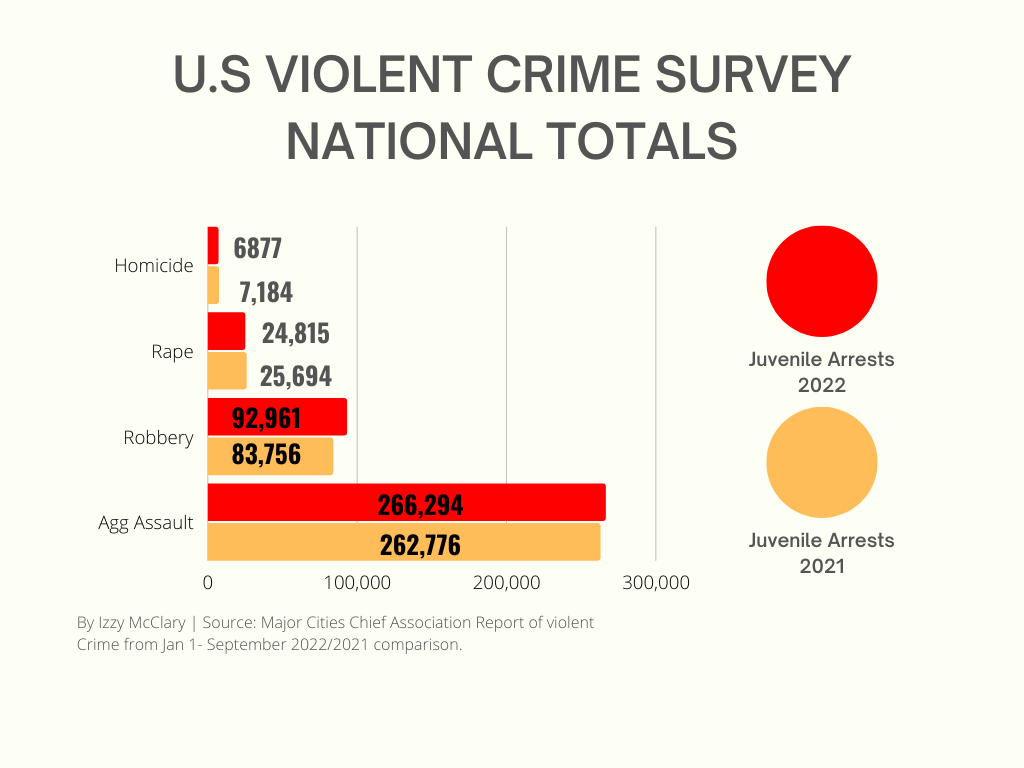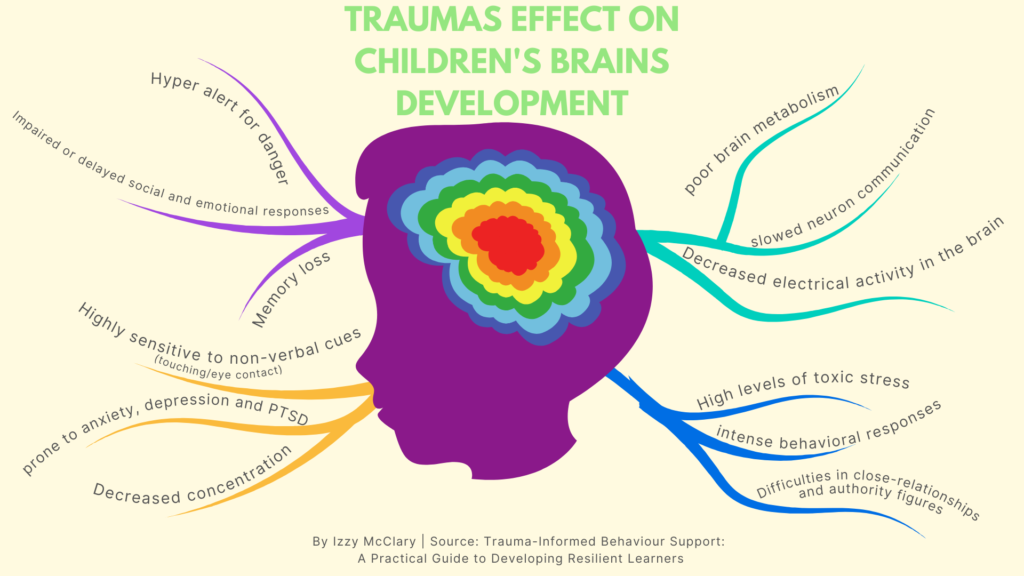After the stabbings at Hamden high school last year and the violent carjacking this past July, juvenile crime has been a steadily increasing concern among Hamden residents, and debates about youth incarceration have been ongoing for years.
The Children’s Defense Fund, which focuses on child advocacy and research, reported that 1,909 children are arrested in the United States each day, and an alarming amount of those children are from minority groups. Hamden has experienced multiple arrests of juveniles over the course of this year. Yet, even as the crime rate increases, residents of Hamden, elected officials, and experts have different opinions about the best approach to fight youth crime.
Al Lotto has lived in Hamden for over 60 years and is vocal about his concerns for the community, especially regarding crime.
“My concern is that the police hands are tied,” Lotto said. “Judges have become more lenient toward prosecution of criminals, cases are pleaded down, no bail, catch and release has kept car thieves back out on the streets within hours.”
Lotto suggested that laws across Connecticut be altered to reduce crime and called for administrative changes to be made. Additionally, Lotto believes that the dynamics between youth and law enforcement should improve.
“I think the police department needs to develop a better rapport with kids in the schools and need to be respected rather than feared,” Lotto said. “I drive a school bus in southern Hamden and the parents have mostly expressed that they want more police presence and they want their families safe from crime.”
Erin Sabato is one of the Hamden parents that views it differently.
“I don’t think I want to see an increase of police in my kid’s elementary school. I don’t think it’s needed,” Sabato said. “The police come to my kid’s school to visit and they learn about law enforcement and they learn about firefighters. That’s what our kids should be thinking about.”
Sabato has lived in Hamden for over 10 years and her sons are enrolled in a nearby elementary school. She said her family feels safe in the neighborhood.
“I am a runner. So I run every single day in my neighborhood, but mostly I run in the evenings by myself,” Sabato said. “I feel that I see police quite often in our neighborhoods.”
However, Sabato recognizes that while she may feel safe in her neighborhood, it doesn’t mean crime isn’t happening in Hamden.
“As a family, we’re always just cautious, you know,” she said. “We make sure to lock our cars, lock our doors, and just be aware of your surroundings.”
When considering the presence of juvenile crime in Hamden, Sabato acknowledges that she has heard of an increase in incidents and believes in alternatives to incarceration.
“I certainly don’t think kids should be in prison and locked up. I think having alternatives would be a good thing,” Sabato said. “Every individual and every situation should be looked at individually and having just one response to something or one potential solution to something is not enough.”
Though increasing police presence and strengthening sentencing in juvenile cases is one approach to addressing the rise in youth crime, some elected officials and experts are advocating for strategies that recognize the unique challenges they face when crimes are committed by young people.
In October of last year, Governor Ned Lamont gave a press conference in Hartford, following the fatal shooting of a 14-year-old boy who had a previous stint in the criminal system. His mother pointed to the failures of the criminal justice system and said that if it had been stricter it could have prevented her son’s death.
Lamont pointed out that 10% of juveniles committed 90% of the crime, but stressed the importance of deterring youths and having reformative programs instead of sending them to prison.
“We have places we can put these folks, you know, short of full prison,” the governor explained. “We’ve got a secure group facility where the kid cannot go out and have an opportunity to endanger himself or others.”
Similarly, Hamden’s Mayor Lauren Garrett gave a press conference to Quinnipiac University’s student-run newsroom, HQNN on Sept. 28. and shared the efforts her administration has been making to deter juvenile crime.
“Over the summer, we hired as many youths in Hamden as we possibly could, trying to make sure that they have some positive influences and something to do throughout the summer,” the mayor said.
The Hamden school system has been known to have difficulty with violent student conduct, and last year several violent incidents were recorded, including the stabbing of two students. Mayor Garrett claims that this year is different.
“But what we’ve seen in our high schools is a very positive start to the year,” the mayor said. “So last year, in our high school, there was a lot of fighting. So, I think that we’re starting to turn a corner, but the violence that we see out there is really regional.”
Mayor Garrett told HQNN that she believes in providing alternatives to incarceration and says that if there are behaviors from students in schools that are harmful to themselves or others, there are different ways to address them.
“Fights don’t necessarily mean that a kid should get arrested. We have a lot of diversion programs in Hamden, we have the Connecticut violence intervention program,” the mayor said. “We want to make sure that we catch kids before they fall through the cracks.”
We want to make sure that we catch kids before they fall through the cracks.
Hamden Mayor Lauren Garrett
Some of the diversion programs the mayor proposes to include an arts district, which would likely be built at the old middle school site. The mayor’s office applied for a grant that would provide funds through the state’s Community Investment Fund.
“We’re going to renovate the gymnasium so that it has a performance space, an art gallery, some classrooms, and then we will have a kind of an art trail, with art installations going on the Farmington Canal up to Town Center Park,” the mayor said.
She explained that the town will use additional funds from ARPA, which allows state and local governments to develop long-lasting assets that improve the community. The mayor says they intend on allocating the money toward building a community campus.
“So the community center will house youth services, community services or food bank, a commercial kitchen and gymnasium, all good stuff for the community,” the mayor said.

Over the last nine months, there has been a spike in violent crimes nationally, according to the Major Cities Chief Association (MCCA). The Federal Bureau of Investigation reported a 25% increase in juveniles arrested for violent crimes from 2020-2021.
Comparatively in Connecticut, over the last five years, the Connecticut States Crime Data and Analysis Unit reported there has been a slight decrease in overall juvenile crime. However, murder, rape, aggravated assault, and robbery have remained steady over the last two years, while weapon carrying and possession increased.

Crimes committed by juveniles in Connecticut
Reports found it decrease by 14%
Crimes trends of juveniles in Connecticut
Weapon carrying and possession charges increased in the last year.

Hamden is no stranger to crimes. Earlier this summer on July 3, Charlie Perrone, a new Hamden resident who lives in the Centerville neighborhood, was a victim of a home burglary.
“So, I came up for the weekend with all my friends. And we walk into the house, and we’re like, there’s nothing. Everything was empty,” he said.
He explained that the intruders had taken everything from the rooms to cabinets, furniture, and even his personal products. He quickly called the police, who started an investigation, but he only had just gotten the police report back a few weeks ago,
“It took a long time to get the report back, and they were unable to find the culprits, which is really discouraging,” Perrone said. “When I asked why it took so long, they said that we have so much crime going on, that they don’t do, like, robberies, and that they don’t take priority.”
When asked if he felt safe living in Hamden, he said that he felt safe within the confines of his home with new cameras he had set up but is concerned about the neighborhood. Perrone explained that out of concern for car theft, he and his roommates block their cars in so they cannot be driven out easily.
In another incident on July 21, two juveniles carjacked a 46-year-old man’s car in Hamden on Third Street. The victim was ripped out of his vehicle, shot by one of the juveniles, and was later hospitalized for serious injuries in the groin. At a press conference on Sept. 15, Chief of Police Timothy Wydra announced the arrest of two 16-year-old juveniles.
One 16-year-old from New Haven was charged with robbery, armed assault, larceny, and carrying a firearm without a permit. While the other juvenile, a West Haven resident, was charged with conspiracy to commit robbery, conspiracy to commit armed assault, and larceny.
“This was obviously a very violent crime, you know, committed by very young people,” Wydra said. “And that seems to be up-ticking over the last few years, where people of this young age group resort to this type of violence.”
Understanding where this type of violent behavior in youths comes from is essential to know how to address, deter and prevent it.
Laurie Mutrie, the director of field education for the master’s in social work program at Quinnipiac University, says that it stems from a young person’s upbringing and the way their brains have developed.
“Their brain is wired to be on constant alert and to feel unsafe and to see danger, to act on the defensive all the time,” Mutrie said. “You can’t grow a healthy person that way. So, no matter what you do at the juvenile level, if they’ve gotten all the way there you have to go all the way back.”
What Mutrie means by all the way back is looking into their childhood development.
“The trauma that they experience is usually developmental and environmental,” she said. “The environment could be a violent community, the family environment they grow up in, or could be intergenerational and racial trauma. The effects are more about the ways in which the American society has decided to pretend that these traumas don’t exist and doesn’t impact people’s lives and their development.”
Mutrie explains that children cannot get the proper care they need if their caregiver has an impairment such as substance abuse, mental health, or other factors that affect their ability to provide for the child. Furthermore, if the child does not have internal, external, and environmental safety then their brains will be wired in a way that reflects their sense of danger, by being on guard at all times, and if there is a threat, they will react to it.
“When you have a child that’s 11, 12 or 13-years-old, it’s difficult to accept it’s something to be punished rather than seeing the problem within society on how it treats people,” Mutrie said. “They can be activated by the sense of danger they felt and did something that our laws say is punishable.”
In some cases, incidents that involve children engaging in violent or hostile behaviors are handled by school authorities or law enforcement. Yet these authorities can sometimes forget that the juveniles’ brains are not fully developed and mistakenly treat them like adults.

Mutrie recounted a time when school authorities called the police on a 12-year-old boy, and arrested him at school for attacking a classmate with a small object. He was brought in front of a judge and Mutrie was asked to evaluate whether he should be expelled from the school. However, in her consultation with him, she learned he was a recent immigrant who had also been adapting to living in an urban environment.
“His mother would not allow him to leave the house except for school, and though he lived in a city, he had no clue what was going on around him,” Mutrie said. “Now he found himself with American teenagers who made fun of him for his appearance and speech, just bullying him all the time. One day, the most offensive of the bullies said something to this boy in class, who happened to have an object in his hand, and turned around and hit them with it, and they want me to tell the court that we should send him to juvenile detention.”
The boy’s story illustrates how easy it can be for people to say an incident constitutes criminal behavior and that it deserves consequences without knowing where it came from. Mutrie emphasized that this is about kids, who have underdeveloped brains and don’t know the impact of these choices, while their brains are programmed to look for danger.
“Everyone has a story and unless you understand their story you cannot begin to evaluate what really happened, and if there is accountability for what happened, and you won’t find out until you listen to them,” Mutrie said. “We need to rethink what does it mean for a juvenile to engage in these behaviors, where did that come from, and why? We must understand trauma and their story to help them and create systems that are responsible for their needs.”
Both Mayor Garrett and Chief Wydra expressed their desire to have programs and more extracurricular involvement to keep adolescents busy, but Mutrie said there has to be stronger commitments by all members of the community while getting down to the roots of the issues.
“I think they must talk about a long-term commitment to a program being their only choice if they are on a path,” Mutrie said. “And second, I think that we really need to start looking at what we do earlier and how we support families and how we make sure that kids experience themselves as capable, competent, and good.”
Mutrie is not the only one who feels this way, 58% of respondents to a survey of 120 respondents measuring attitudes and concerns of Hamden residents on juvenile crime, supported alternatives to youth incarceration. Potential alternatives include rehabilitation, education, community service, or programs to repair harm to victims and communities.
Furthermore, 87% of respondents believe that juvenile crime is an urgent issue facing Hamden today and 51% think that schools are not doing enough to educate youth on the dangers of crime.
Betty Jane Jacobs graduated law school and was hired by the Legal Aid Society, which assigned her to the Bronx, N.Y., to work as a public defender. She has worked with many juvenile cases over the years and noticed a common trend among the youth she defended.
“One of the things you do to see if you can get somebody out on bail is you ask them if they live with someone, will someone be in court for them?” Jacobs said. “Do they work? Do they go to school? Then you try to verify it and call the family. I cannot tell you how many of my clients’ families did not have working phones for me to call. You have to think of who was living like that. In the middle of a city, you know, where nobody could afford the phone bill.”
Like Mutrie, Jacobs believes that there are socioeconomic factors that are harming children’s upbringing and making them susceptible to entering the criminal system.
“By the time that they go to court, you can tell a lot of damage has been done and, you know, kids’ brains aren’t finished growing,” Jacobs said. “They’re very impulsive until they are 21 years old. But for the most part, I just don’t think this system works and some of it’s because these kids need so much to be done with them.”
Jacobs empathized with Hamden residents’ belief that alternatives to detention would be beneficial for youths.
“I think in theory, alternatives to detention are a very good idea,” she said. “There needs to be funding incentives for these programs to take in as many kids as they could. I can envision a world where there’s a residential facility, where kids get what they really need, including real education.”





3 replies on “Juvenile crime in Hamden, what are the root causes?”
This article is good, but we could allow the parents to discipline the old fashioned way. Things would turn around. If adults are found to be guilty, make an example of them too.
It has worked for years.
This was so insightful. Great work !
Excellent article, statistics, reporting and graphics! Well done! Journalism and Communications programs at QU are top notch, great faculty and Deans.